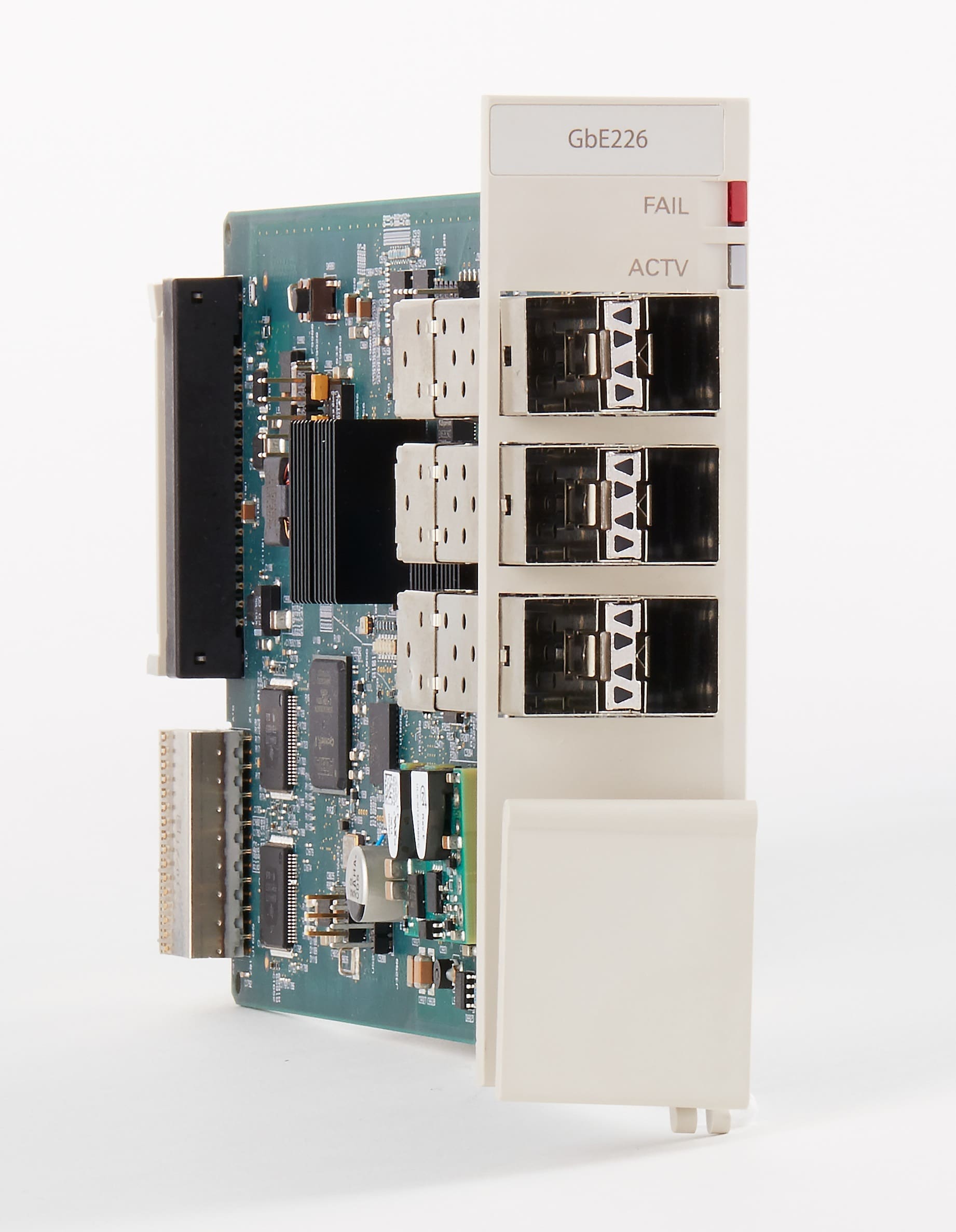The GbE226 10G uplink is a new addition to the Tellabs 1000 Multi-service Access Platform (MSAP) system as it:
- Enhances the Tellabs 1000 MSAP shelf capacity
- Optimize fiber plant utilization
- Saves service providers’ money by aggregating gigabit Ethernet ports
- Maximizes revenue from DSL, Ethernet and other business services
 Let me explain.
Let me explain.
To fully optimize the capacity of the Tellabs 1000 Channel Bank Assembly (CBA), best practices call for the installation of the GbE222 Gigabit Ethernet plug-in card into the same shelf as the service cards (e.g. xDSL). With the GbE222 installed in an expansion shelf, the traffic to/from DSL lines can be maximized. This can be used for providing high bitrate, premium services or increasing the service area coverage. The question then becomes – if there are multiple CBAs in a remote office, or cabinet, each with an installed gigabit Ethernet GbE222, what is the best means to backhaul the traffic?
The answer is the GbE226 10G uplink.
The GbE226 10G uplink has six Ethernet ports. There are two ports with small form-factor pluggable plus (SFP+) that can be configured as either 10Gbps or 1Gbps, and there are four ports with small form-factor pluggable (SFP) that support 1Gbps. Having a total of six Ethernet ports provides flexible connectivity options to expand the capacity of existing Tellabs 1000 MSAP systems.
A GbE226 10G uplink can be installed in any shelf within a terminal and all of the gigabit Ethernet GbE222’s in the terminal’s shelves can interface with it. The GbE226 10G uplink provides an option to backhaul the traffic over a 10G Ethernet link or 1G Ethernet link. Now you have a choice to backhaul that traffic over either 1Gbps or 10Gbps ports on that GbE226 back to the home office. This helps aggregate gigabit Ethernet ports before they hit the fiber plant or the aggregation router.
This new product from Tellabs provides network operators with the potential of increasing revenues using embedded investments of their deployed network and helps conserve expenses by minimizing fiber use and optimizing switch/router ports.
